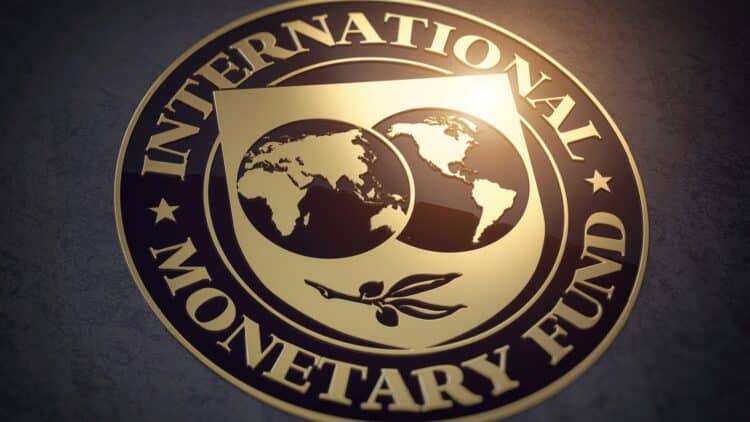A new round of negotiations with the International Monetary Fund (IMF) will begin in Kenya; the government is seeking a new financial support program. A crucial technical issue hangs over this matter and becomes the central focus of the discussion: how will the country manage to classify the debt resulting from “securitization” — a method the government has used to generate immediate resources? Read more about the subject to understand.
Will Kenya create a creative solution or a new form of debt?
In recent years, Kenya has sought ways to finance infrastructure projects without expanding traditional debt. One of the strategies adopted was to transform future revenues into immediate cash; this process is called securitization. In practice, the government “sells” part of the expected revenues to some investors, who receive bonds guaranteed by these resources.
This operation occurs with a Special Purpose Vehicle (SPV), a separate entity that acts as an administrator of future revenues. Thus, the government obtains capital quickly, without needing to issue new direct loans. Despite seeming like a good solution, the IMF questions this practice and argues that, because it involves future obligations, this practice should be treated as conventional debt.
One of the main points of technical disagreement between Kenya and the IMF is this practice, which has generated tension between the two. For John Mbadi, the Minister of Finance, securitization is a legitimate tool that serves to alleviate fiscal pressure without resorting to new loans. Despite this, the IMF still warns of the risks of a lack of transparency that this process generates, as well as the loss of fiscal flexibility in the long term.
Kenya is under economic pressure, and now the challenge is to balance the books
Kenya has been experiencing a scenario of increasing debt, resulting in persistent and high inflation and a high cost of living. The government, which recently adopted the practice of securitization, raised 175 billion Kenyan shillings through a fuel tax, intended to pay off debts to contractors and reactivate approximately 580 stalled road projects.
This strategy may offer immediate relief, but, conversely, it also reduces future revenues, because part of the revenue will be used to pay investors. This is a major dilemma not only for Kenya, but also something common in emerging economies: the need to generate liquidity without compromising fiscal sustainability.
A broader perspective: the IMF’s role in Africa
The negotiations between Kenya and the IMF reflect a broader trend across the African continent, where several economies are renegotiating agreements with the IMF, especially in the face of rising external debt and the global slowdown that has affected their economies.
The IMF has reinforced its objective of helping countries adopt responsible fiscal policies so they can maintain the stability of their economies and financial health. Meanwhile, African governments have increasingly sought flexibility to invest in infrastructure and social programs without compromising the sovereignty of their economies.
The importance of negotiations for the continent
Economic experts are cautiously raising expectations, as the outcome of these negotiations could become a significant factor in African economic policy. However, these experts understand that this scenario is complex and could define how countries in the region will face the challenge of growing without compromising their economies.
We can expect the coming weeks to be quite decisive for Kenya’s financial future. The government is trying to prove to the IMF that its adopted method, securitization, can be an instrument of fiscal innovation, as they believe it does not present a risk of indebtedness, either directly or indirectly. The IMF, on the other hand, seeks to prioritize and preserve transparency, especially given the public debt scenario.


